Invasive Species Spotlight: Giant Hogweed (Heracleum mantegazzianum)
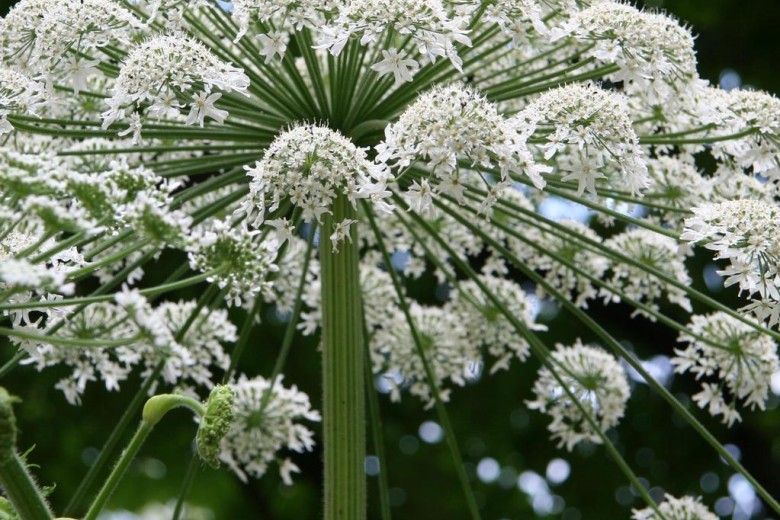
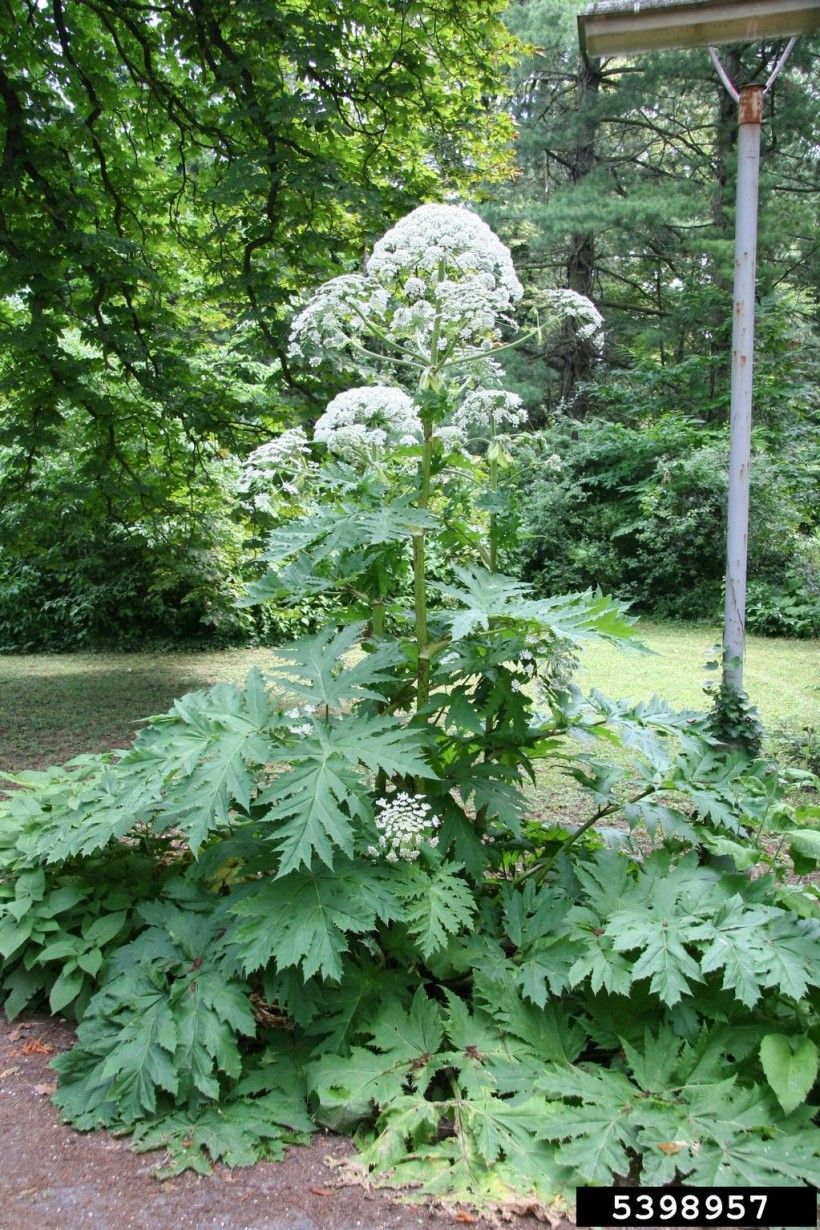
Giant hogweed is native to central and southwest Asia. It was first introduced to the United States in the early 1900s as an ornamental because of its impressive size. It prefers disturbed moist soil, lots of sunlight, and can be found along roadsides, streambanks, railroads, right-of-ways and fallow fields. The enormous size of the plant shades out native species below, starving them from sunlight. Giant hogweed plants thrive along stream banks, creating a problem when the plant dies during the winter, leaving bare ground along the stream open to erosion. Hogweed populations in the United States have been reported in over 15 states within the Northeast, the Great Lakes and Northwest regions. More recently, giant hogweed has been reported as far south as Virginia. Pennsylvania has recorded giant hogweed in 17 counties with over 50% of the 500 sites being in Erie County. Chester County does not currently have any active reported giant hogweed sites.
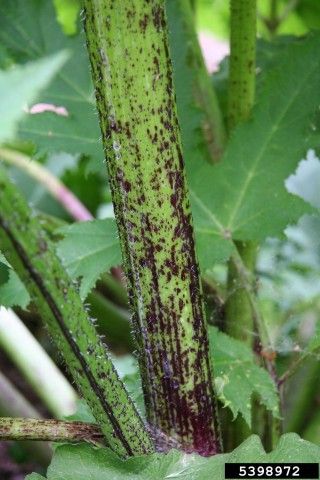
The sap of giant hogweed is what has brought this plant into recent headlines. Contact with the sap causes to the skin to become hyper sensitive to sunlight. Within 24 to 48 hours of contact painful burns and blistering may occur. In rare cases, if the sap comes into contact with eyes, temporary or even permanent blindness may occur. If you know that you have encountered the plant, it is recommended to wash the affected area immediately with soap and water, and to avoid direct sunlight for 48 hours.
Listed on both the Pennsylvania and Federal Noxious Weed Control Lists, any sale or transport of giant hogweed is illegal. If you believe you have sighted giant hogweed, it is recommended that you do not attempt to remove the plant on your own. Instead, contact the Pennsylvania Department of Agriculture to report the population and they will take care of it.
Similar Plants Commonly Mistaken for Giant Hogweed
There are several plant species in our area that may be mistaken for giant hogweed. Native common cow parsnip, Heracleum maximum, is also in the carrot family. Like Giant Hogweed, the cow parsnip sap can cause a rash when contact with skin is made. To help identify which is which, there are a few obvious differences between the two. Common cow parsnip is overall smaller in size, reaching only three to seven feet in height. The stems do not have the purple spots and the leaves are not as deeply lobed or serrated. While giant hogweed has umbrella shaped flower heads, cow parsnip flower heads are flat. Non-native poison hemlock, Conium maculatum, is another species often misidentified as giant hogweed. Poison hemlock has fern-like leaves that have a waxy appearance and the flower tops are flat. Poison hemlock is also smaller, typically reaching no more than nine feet.
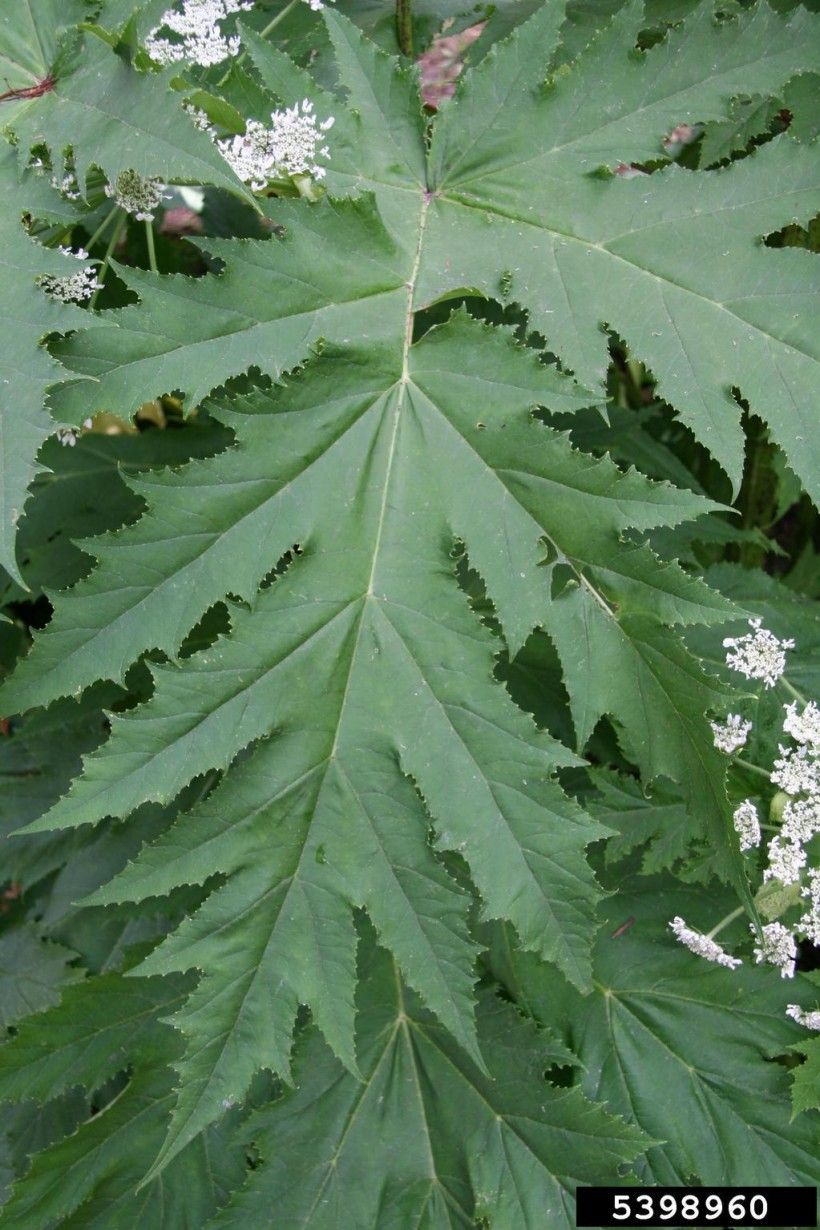
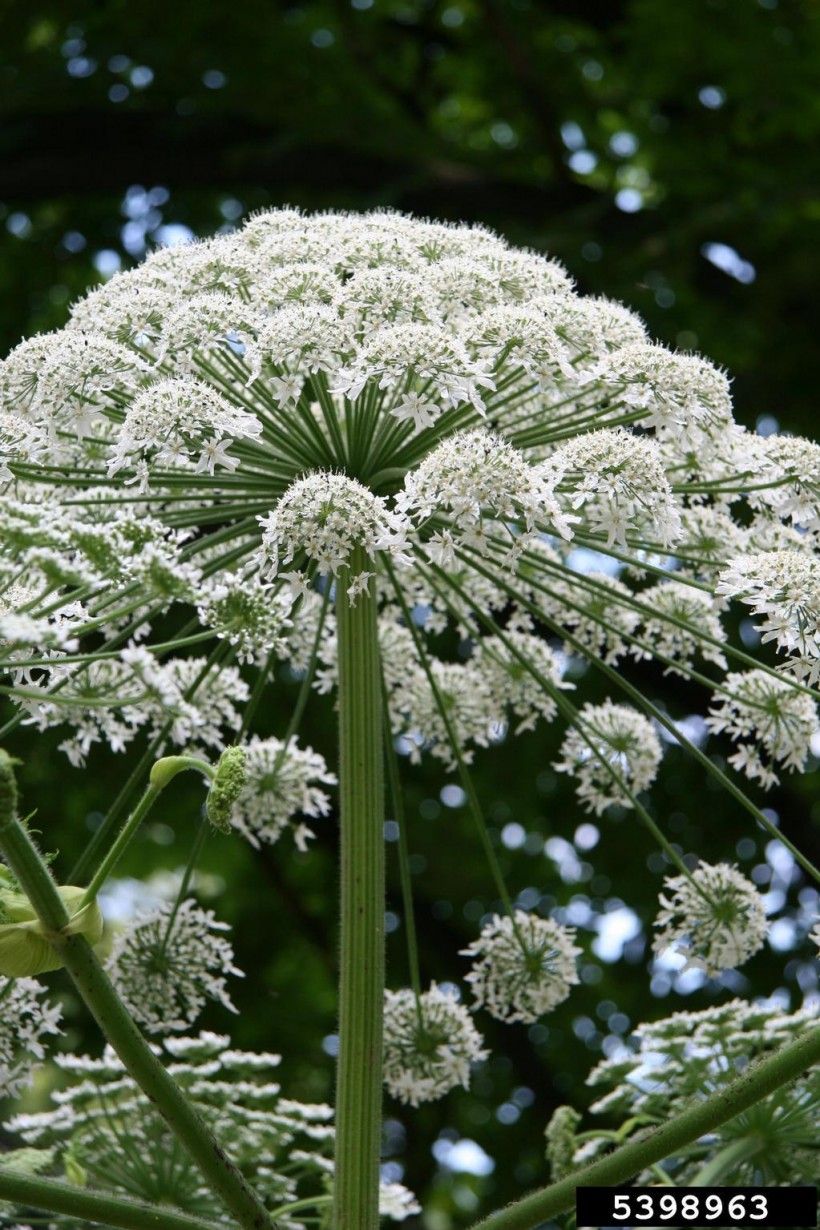
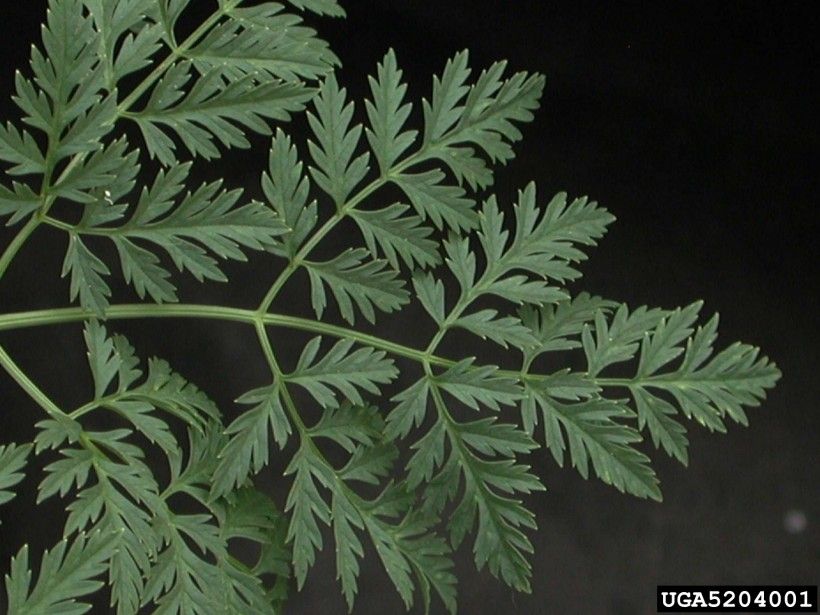
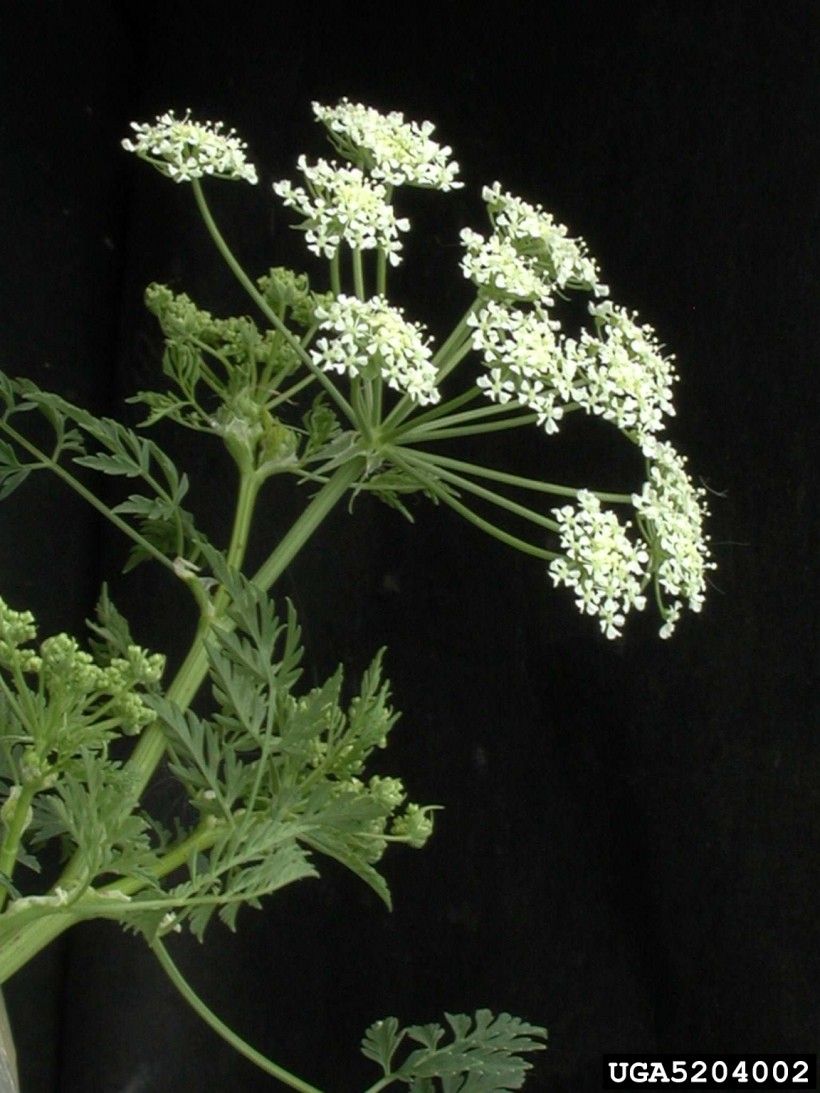
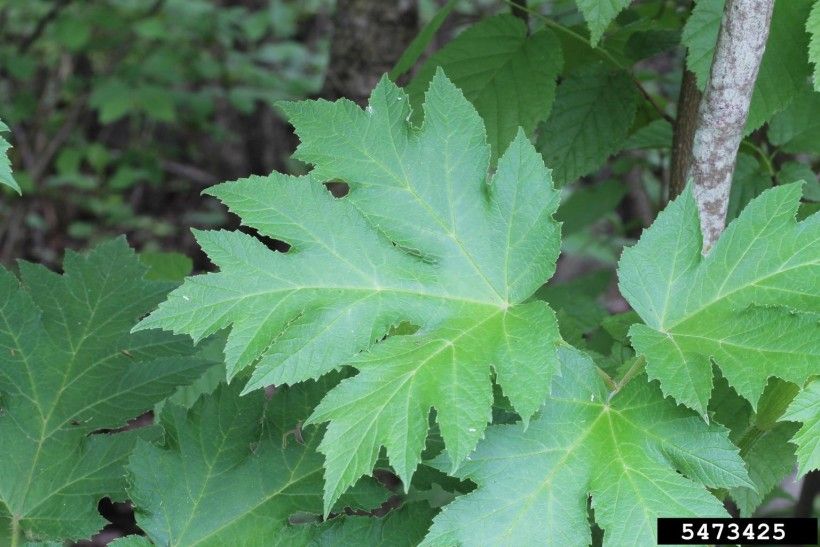
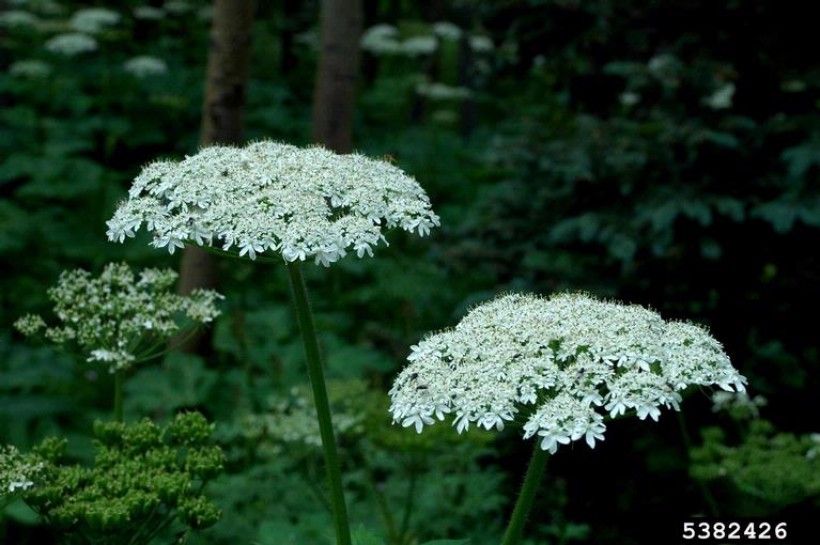
Giant hogweeds large size, quick growth and harmful sap make this plant a threat. Overall, researchers feel that the population of this invasive species seems to be under control for now. While there may not currently be any active populations in our area, it is still worthwhile to be able to recognize the species and identify the differences between its lookalike counterparts. If giant hogweed is found, the Pennsylvania Department of Agriculture should be contacted to work with landowners on an eradication method.
Learn more here:
Pennsylvania Noxious Weed Alert: Giant hogweed (Heracleum mantegazzianum)
Pennsylvania Department of Agriculture: Giant hogweed guide
Pennsylvania Department of Conservation and Natural Resources: Giant hogweed guide